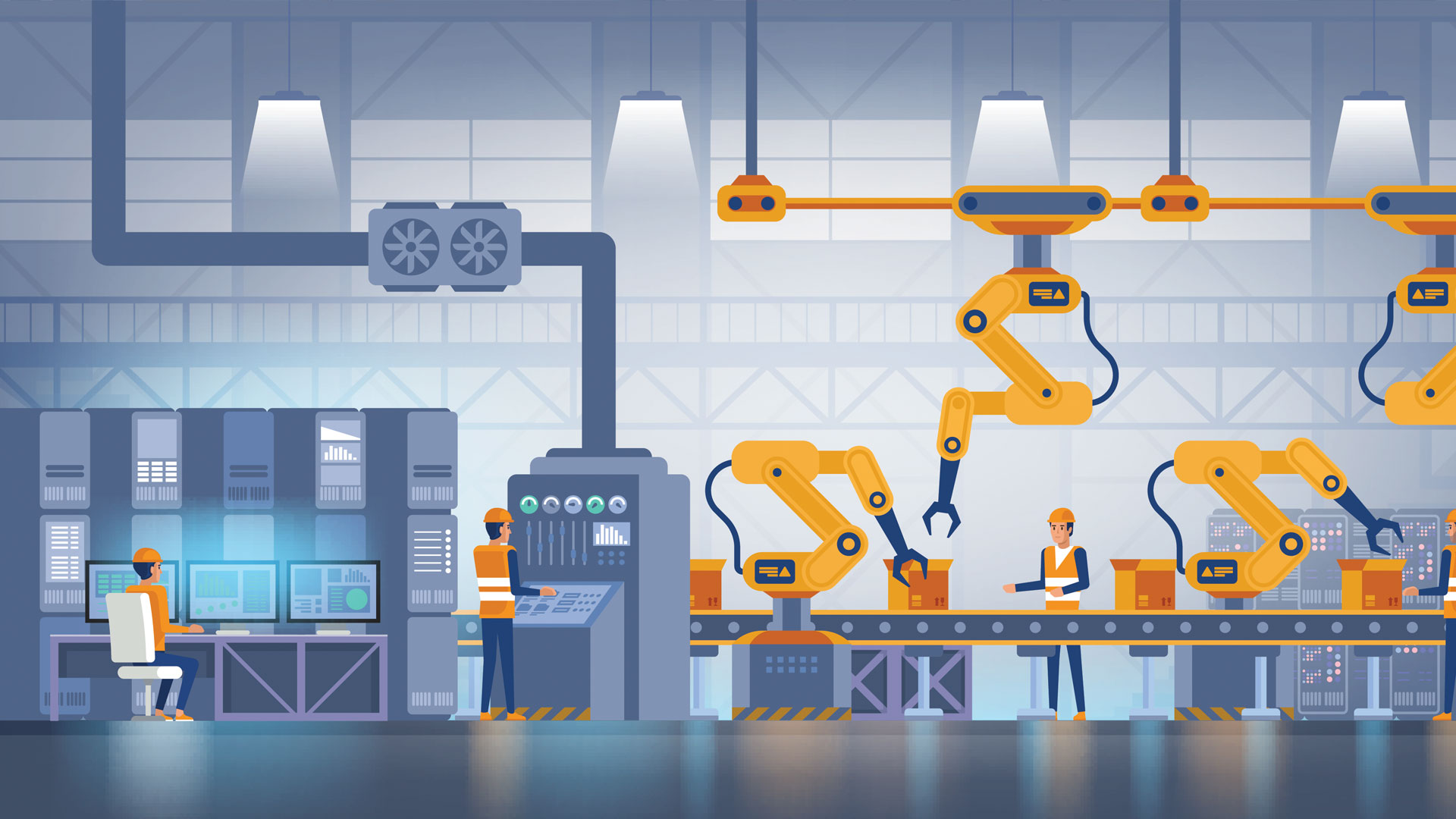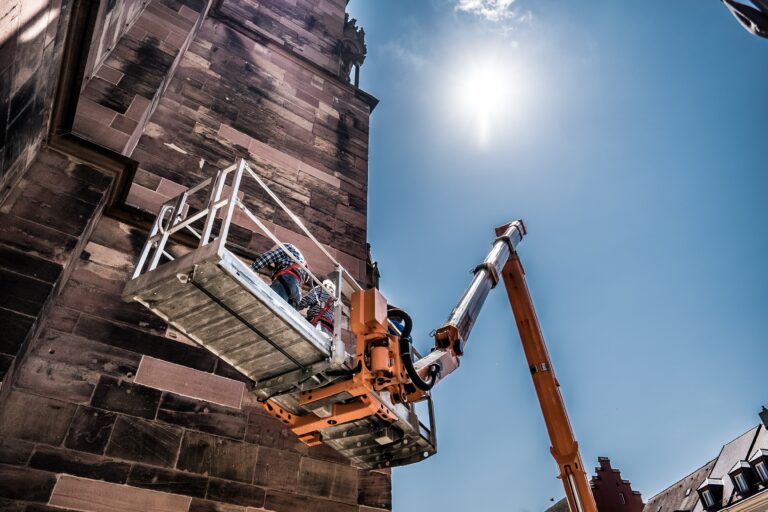
Commissioning production systems is no easy task. The effort is complex. The schedule is short. Everyone wants to minimize downtime in facilities and plants. Getting a head start on commissioning through virtual methods instead of waiting for physical hardware is a step in the right direction. However, when it comes to the tactics of virtual commissioning, there are multiple options. Some organizations use 1D simulation process models. Others leverage detailed 3D designs with animations. Yet others use combinations of these two approaches. In this post, we’ll take a look at both 1D and 3D simulations, identifying the advantages and disadvantages of these different methods.
This post is Part Four of a four-part series:
- Part One is What is a Digital Twin for Virtual Commissioning?
- Part Two is The Role of a Component Library in Virtual Commissioning
- Part Three is What is FMI? How is it Related to Virtual Commissioning?
Using 1D Simulation
Although slightly abstract in nature, 1D simulation is a strong option for virtual commissioning. Here are some considerations to keep top-of-mind.
- Explore Systems Alternatives: It is useful very early in the design process when little engineering geometry is available. Engineers can explore multiple iterations of a possible design. It lets them work with the results to quickly verify the best solution for project requirements. Because these simulations can be set up quickly, there are a lot of opportunities to discover new and innovative solutions that can drive a project to next-level design.
- Verify PLC Logic: Using 1D simulation to validate programmable logic controls (PLCs) logic is highly effective. Engineers can test and debug code using 1D simulation long before the delivery of PLC hardware. This shortens the schedule to commission the production system once installed.
- Verify PLC Hardware: Simulation also provides an opportunity for verification of PLC hardware without the rest of the production system. PLCs loaded with control logic can be connected to virtual models of the production system running in real-time. Engineers use this Hardware-in-the-Loop approach to further debug the PLC hardware. This reduces the time to complete the installation by verifying the production system’s function before other hardware arrives.
- No Spatial Checks: A limitation of 1D simulation is that it is not useful for performing spatial checks. Collision detection and interference checks aren’t possible because of the lack of 3D model geometry. Additionally, using only 1D simulation, engineers cannot ensure machine operator ergonomics.
Using 3D Simulation
3D production system models provide very different deliverables and require very different skills. Review the following advantages and disadvantages of using this method for virtual commissioning.
- Easy Reuse: A growing number of manufacturers are putting their mechanical engineering models to new use by implementing simulation-based engineering. Using 3D models that already exist, owners and operators can debug production systems prior to installation.
- Expand with 3D Scanning: 3D scanning technology captures a three-dimensional representation of an entire facility. Engineers can place the 3D model of the production system into the resulting 3D scanned environment, giving a more realistic context for the simulation.
- Verify Spatial Operations: Uncovering fundamental problems—like making sure there is enough space within the factory to operate each cell and machine system—allow engineers to fix problems before reaching physical commissioning. They can use 3D model simulations to identify these problems digitally instead of physically.
- Validation of Worker Ergonomics: Engineers can incorporate human models into their 3D simulations. Owners and operators can avoid post-installation changes to address worker ergonomics that act like hacks. Things work correctly from the start.
- No Validation of PLCs: 3D simulations do not offer a means to verify PLC control logic or hardware. That remains in the domain of 1D simulations.
Using Combinations of 1D and 3D Simulations
Separately, 1D and 3D simulations each provide value to virtual commissioning. 1D simulation is most valuable for PLC programming and hardware, but it is limited because of its lack of available 3D models for spatial validation. As a counterpoint, 3D modeling isn’t able to offer the complex options necessary for PLC testing but is more impactful for spatial and ergonomic planning.
Using a combination of 1D and 3D simulation benefits manufacturers a great deal. The 1D simulation powers PLC logic while the 3D simulation provides insight into the function of mechanical systems and their space within a facility. This accelerates commissioning. On a smaller scale, if an upgrade kit is being applied to an existing machine, this style of simulation ensures the changeover is ready for physical deployment.
Solution providers are enhancing 1D modeling and 3D modeling solutions fast, enabling faster and more accurate simulations for virtual commissioning. Interferences can be corrected. The implementation of PLC logic is smoother. A combined approach ensures the finished product is of high quality and functions as expected prior to construction. The combined 1D and 3D approach is an opportunity for companies to deliver production systems on time.
Recap and Recommendations
- 1D simulation provides a means to virtually validate PLC logic and hardware. It lacks the ability to check spatial clearances and worker ergonomics.
- 3D simulations deliver the capability to validate clearance for operations in production systems. It also allows verification for worker ergonomics.
- The combination of 1D and 3D simulation, running in a co-simulation, addresses both functional needs. Together, these models lead to shorter time to market and minimal downtime in production.






